The GP7000 engine is developed, produced, and distributed through the Engine Alliance—a joint venture between GE Aerospace and Pratt & Whitney—and is used in the long-haul sector. It powers the Airbus A380, which is currently the world’s largest passenger aircraft. This engine combines the strengths of two of the most successful widebody engine programs in aviation history: the GE90 and PW4000 families. The GP7000 is characterized by low fuel consumption, low weight, and reduced noise emissions.
In this development program, MTU is working closely with its partners GE, Pratt & Whitney, and Safran Aircraft Engines. MTU has specific areas of responsibility: For Pratt & Whitney’s share, MTU is responsible for developing and manufacturing the low-pressure turbine. For GE’s share, MTU is in charge of developing and manufacturing the turbine center frame and for producing components for the high-pressure turbine. In addition, as part of Pratt & Whitney’s share, MTU has entered into an aftermarket agreement to provide repair services for the low-pressure turbine at its Munich site.
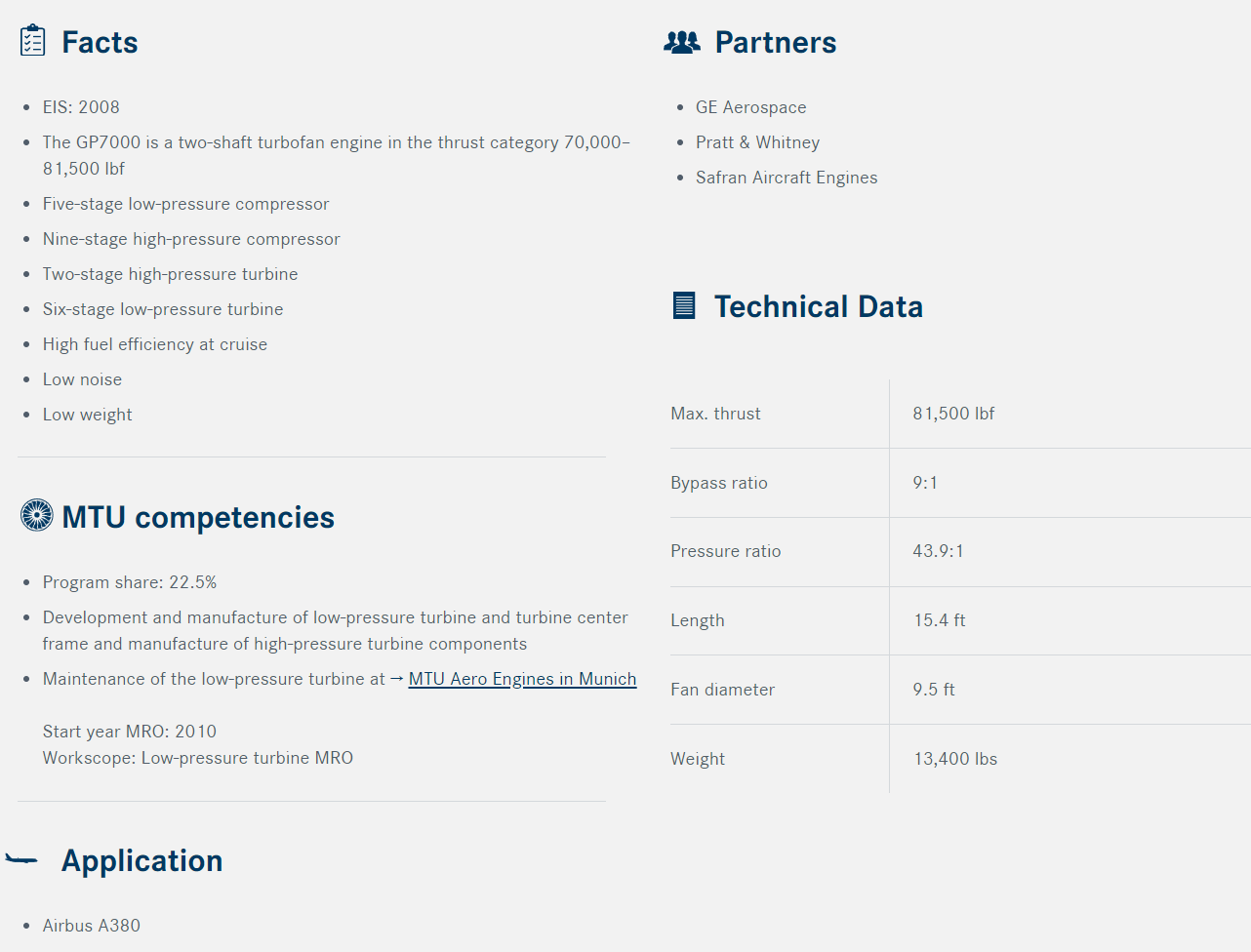
Yes, we retrofit legacy systems (e.g., GE Frame 5, Siemens V94.2) with modern digital controllers, typically completing hardware integration within 4-8 weeks. Software migration requires additional validation time.
We recommend annual performance testing under ISO 3977-2 standards. Critical applications (e.g., offshore platforms) may require semi-annual tests with emissions compliance checks.
All rad-hard devices (e.g., FPGA, ADC) are QML Class V certified under MIL-PRF-38535 and tested to MIL-STD-883 Method 1019 for SEU tolerance. Full qualification reports are available upon request.
Our ASICs and power management ICs operate across -55°C to +175°C ambient temperatures, with derating curves provided in military temperature range (MTR) datasheets.
Our PMA parts (e.g., actuators, sensors) hold FAA/EASA Form 1 certification and match OEM form/fit/function. Installation requires SB/MB documentation per FAA AC 23.1529.
All NAS/MS fasteners include full DNA traceability: melt source (AMS 2301), heat/lot numbers, and AS9100-compliant MTRs with ultrasonic test reports.
AOG orders ship within 4 hours for stocked items (FAA-PMA, EASA Part 21G). Non-stock critical parts trigger priority manufacturing with 72-hour max turnaround.
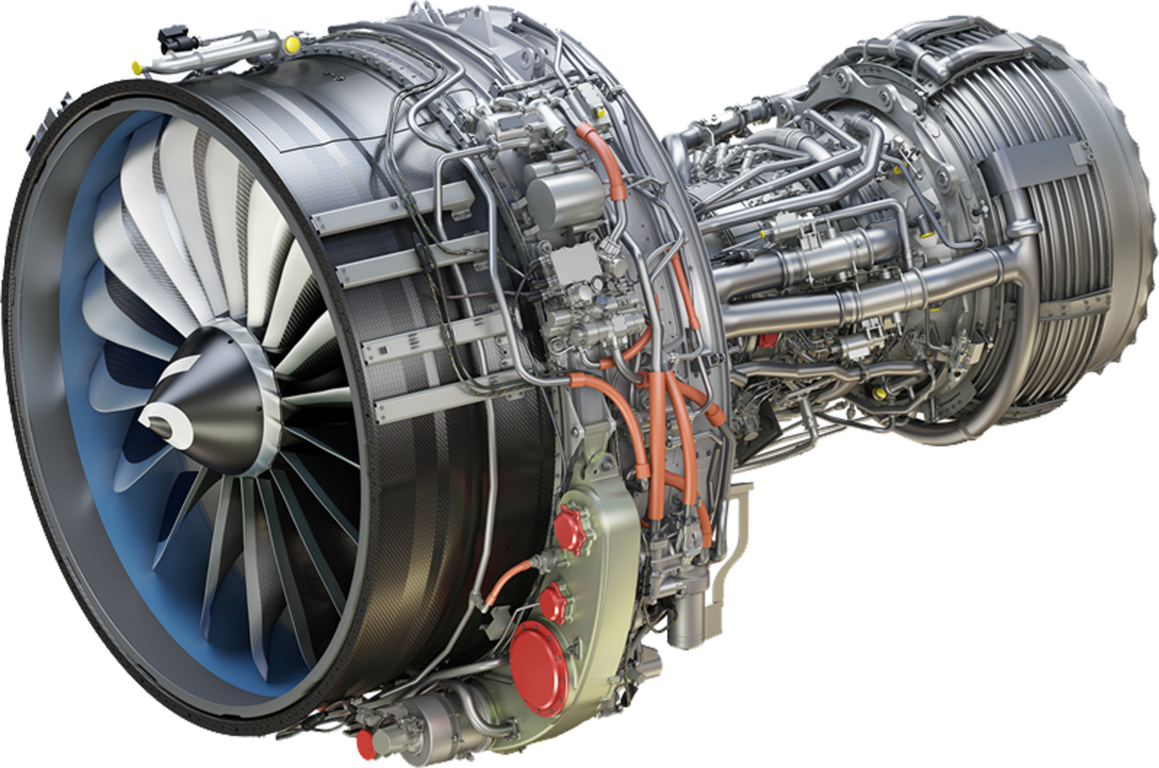
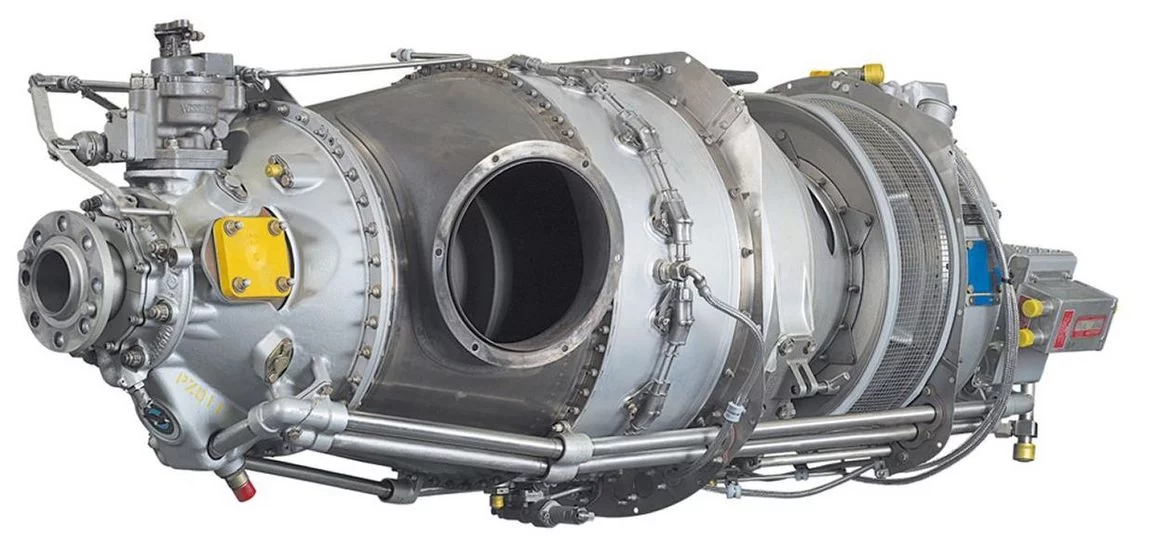
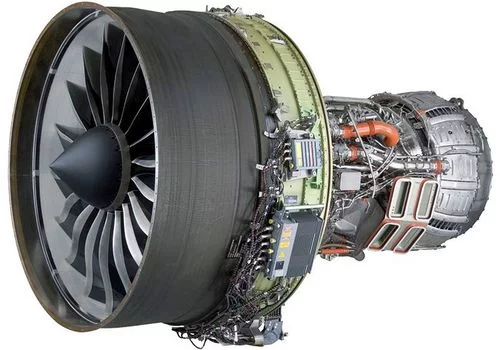
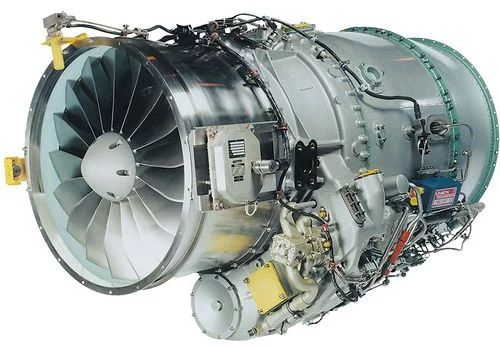
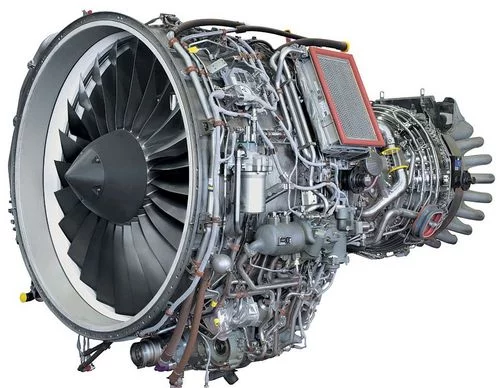
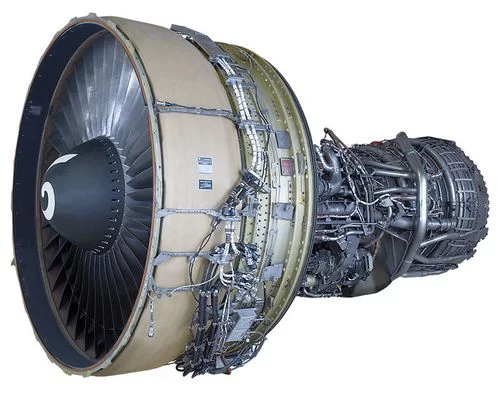
 Gas Turbine
Gas Turbine
 Aircraft parts
Aircraft parts